
What Are The Symptoms Of Carpal Tunnel Syndrome?
Only your doctor can tell you for sure, but a nearly certain sign that numbness and tingling in your fingers that may come with a tendency to drop things is carpal tunnel syndrome is this: If you have carpal tunnel syndrome, your hands will usually feel better if you "shake them out." Carpal tunnel syndrome affects the thumb and index finger more than the middle finger. It usually doesn't affect the ring finger and pinky. Symptoms typically come and go, and may be worse after certain activities, for example, typing, tightening bolts, using a screwdriver, crocheting, or playing a musical instrument. Pain may radiate all over the hand and up the arm, although other conditions also cause radiating pain. Intense pain that starts in the upper arm and radiates to the hand (rather than from it) is a reason to see a doctor right away.
- Important notification about information and brand names used in this slideshow!
- Photo courtesy of Karrie Nodalo by Flickr : www.flickr.com/photos/karrienodalo/3502684409/
- Kao SY. Carpal tunnel syndrome as an occupational disease. J Am Board Fam Pract. Nov-Dec 2003. 16(6):533-42
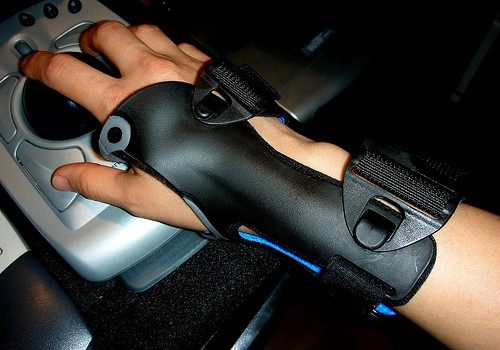
What Is Carpal Tunnel Syndrome?
Carpal tunnel syndrome is a group of symptoms caused by compression of a nerve leading from the elbow to the hand. This median nerve is encased in tough, protective cartilage that serves as a kind of "tunnel" leading to the hand. When this tunnel collapses, the nerve either fails to transmit impulses to the hand or sends pain signals more or less all the time to the brain. People who have carpal tunnel syndrome may feel that one or both hands tend to "fall asleep," or the may tend to drop things or have trouble opening jars. Symptoms tend to come and go, at least in the early stages of the disease.

What Causes Carpal Tunnel Syndrome?
Most people who develop carpal tunnel syndrome have jobs or hobbies that require repetitive hand motions. Whether repetitive hand motion causes carpal tunnel syndrome or merely aggravates symptoms once they occur, however, is a matter still being debated in the medical community. Up to 10 times more women develop carpal tunnel syndrome than men. The condition almost never occurs in people who have not reached the age of 30, but if it has not set in by the age of 60, it is equally unlikely. Carpal tunnel syndrome is almost unheard of in most developing countries. It seems to be primarily a disease of North America and Europe, probably due to lifestyle and vocational considerations.
- Important notification about information and brand names used in this slideshow!
- Photo courtesy of Ryan O'Connell by Flickr : www.flickr.com/photos/mroconnell/3326623502/
- Kao SY. Carpal tunnel syndrome as an occupational disease. J Am Board Fam Pract. Nov-Dec 2003. 16(6):533-42.
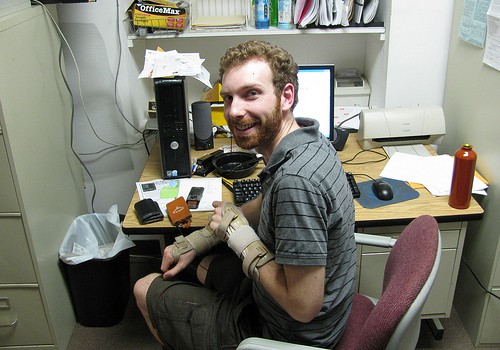
Controllable Risk Factors For Carpal Tunnel Syndrome
Although there is nothing you can do about the genetic risk factors for carpal tunnel syndrome, there is a lot you can do to prevent the disease from progressing. Good posture makes a huge difference in how people who have carpal tunnel syndrome feel. This is because the connective tissue called fascia tugs at the tough tissue surrounding the carpal tunnel that protects the median nerve, running through the forearm to the hand. When you slouch, the fascia in your neck tug at the fascia around your carpal tunnel. When you sit up straight, it does not. It can also help to use adaptive keyboards, with separate areas for each hand, if you spend a lot of hours at the computer.
- Important notification about information and brand names used in this slideshow!
- Photo courtesy of Eden, Janine and Jim by Flickr : www.flickr.com/photos/edenpictures/3487160673/
- Page MJ, Massy-Westropp N, O'Connor D, Pitt V. Splinting for carpal tunnel syndrome. Cochrane Database Syst Rev. Jul 11 2012. 7:CD010003.
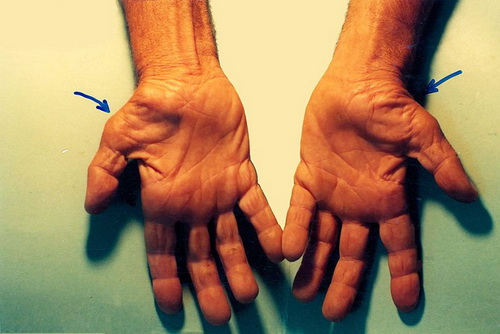
What Happens If You Don't Treat Carpal Tunnel Syndrome (CTS)?
One of the frustrating realities about carpal tunnel syndrome is that you can't get pain relief in a pill. Non-steroidal anti-inflammatory medications (NSAIDs) such as aspirin, Tylenol, and Ibuprofen may help if there is swelling in addition to pain, but most CTS sufferers simply don't get any relief from pain relievers. Because going to see a doctor is expensive, some people who have CTS never do anything at all--and that's a big mistake. Symptoms that come and go may become symptoms that stay around 24/7. There can be permanent loss of grip strength, and permanent problems with the coordination of thumb and forefinger causing a tendency to drop objects held in the hand.
- Important notification about information and brand names used in this slideshow!
- Photo courtesy of Harrygouvas by Wikimedia Commons: commons.wikimedia.org/wiki/File:Untreated_Carpal_Tunnel_Syndrome.JPG
- Mayo Clinic Medical Edge Newspaper. Left Untreated, Carpal Tunnel Syndrome Can Lead to Weakness in Fingers and Thumb. November 30, 2012.

How Do Doctors Diagnose Carpal Tunnel Syndrome?
A medical exam for suspected carpal tunnel syndrome (CTS) involves ruling out other conditions that may cause the same symptoms. The doctor will make sure that symptoms are not caused by deterioration of disks in the spinal column at the neck (cervical disk disease). The doctor will run simple tests to eliminate the possiblity that symptoms are caused by a different kind of nerve deterioration known as neuropathy, checking for both diabetic neuropathy and ischemic neuropathy, nerve dysfunction caused by poor circulation. The doctor will rule out leprosy, Lyme disease, and muscle damage (rather than nerve damage) caused by overuse of the hands, as well as damage that may have been caused by chemotherapy or radiation.
- Important notification about information and brand names used in this slideshow!
- Photo courtesy of Alex Proimos by Flickr : www.flickr.com/photos/proimos/6869336880/
- Ashworth, EL. Carpal Tunnel Syndrome Differential Diagnoses. Medscape. Accessed 7 August 2013.
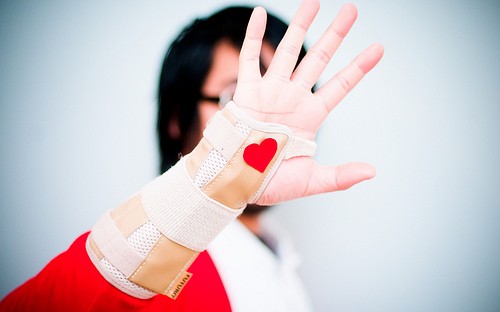
Treatment For Carpal Tunnel Syndrome
The most basic treatment for carpal tunnel syndrome involves nothing more complicated than wearing a wrist splint. A custom splint may be more effective, but even an over the counter splint you buy at the drugstore may help. Pain relievers usually do not relieve carpal tunnel syndrome, but injections of steroids (at the doctor's office) usually do.In clinical studies, massage therapy does not do anything to correct the condition, although it feels good while you are getting it, and nerve gliding therapies and various ergonomic devices are of limited use. Many people do get relieve, however, after endoscopic surgery to relieve pressure on the median nerve.
- Important notification about information and brand names used in this slideshow!
- Photo courtesy of Christian Bucad by Flickr : www.flickr.com/photos/yamagatacamille/4360648614/
- O'Connor D, Page MJ, Marshall SC, Massy-Westropp N. Ergonomic positioning or equipment for treating carpal tunnel syndrome. Cochrane Database Syst Rev. Jan 18 2012. 1:CD009600.
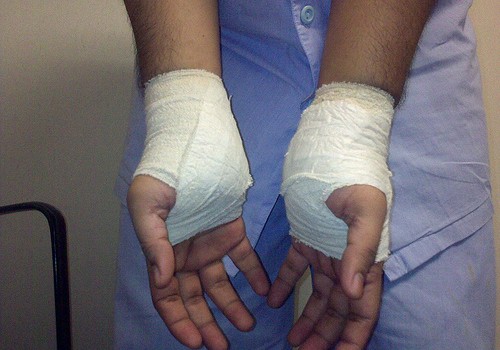
Surgery For Carpal Tunnel Syndrome
When simple treatments, such as wearing a wrist splint or taking injections of steroids, simply don't work, most carpal tunnel syndrome patients are offered surgery. The operation releases pressure on a ligament attached to the carpal tunnel so that there is less pressure on the nerve. Carpal tunnel surgery offers relief in about 90% of cases, although symptoms come back in 5 to 10 years in about 50% of cases. Before you get the surgery, your doctor will conduct a test of the nerve to see how well it conducts electrical impulses. If the nerve is conducting poorly, surgery usually helps, but if the nerve is conducting normally, surgery usually does not. Experienced doctors, however, can make clinical judgments that are not limited to the results of any one test.
- Important notification about information and brand names used in this slideshow!
- Photo courtesy of Najib Ninaba by Flickr : www.flickr.com/photos/najib/3485169611/
- [Best Evidence] Scholten RJ, Mink van der Molen A, Uitdehaag BM, et al. Surgical treatment options for carpal tunnel syndrome. Cochrane Database Syst Rev. 2007. (4):CD003905.
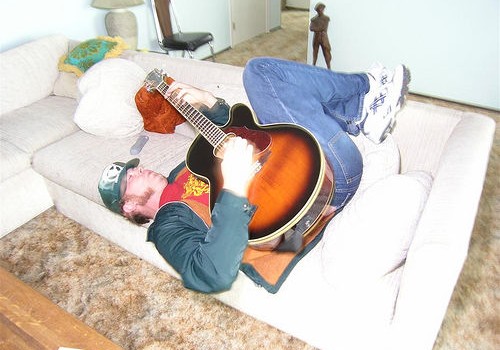
If You Don't Have Carpal Tunnel Syndrome Yet
Medical experts disagree on the role of prevention in carpal tunnel syndrome. Because a lot of apparently commonsensical interventions for carpal tunnel syndrome just don't work, doctors often assume that there are not any easy ways to prevent the disease from ever happening. However, there is no downside to trying some of the home remedies for the condition that ust may help you despite the fact there is limited evidence for them. One home remedy for carpal tunnel syndrome that seems to have some value is taking supplemental vitamin B6 (pyridoxine). It is not necessary to take a megadose of the vitamin. Just getting your RDA is enough. Another home remedy for carpal tunnel syndrome that seems to work is managing your weight. For unknown reasons, the thinner you are, the less likely you are to get carpal tunnel syndrome. There is no reason to become anorexic, but avoiding overweight almost certainly is a good idea.
- Important notification about information and brand names used in this slideshow!
- Photo courtesy of Jeff Casillas by Flickr : www.flickr.com/photos/9000/2608521/
- Goodyear-Smith F, Arroll B. What can family physicians offer patients with carpal tunnel syndrome other than surgery? A systematic review of nonsurgical management. Ann Fam Med. May-Jun 2004.2(3):267-73.

What To Do After Your Carpal Tunnel Surgery?
When you have had surgery for carpal tunnel syndrome, chances are that you have been living with the condition for a long time. Doctors know that 90% of their carpal tunnel syndrome patients improve without surgery, so chances are that you will have been asked to wear a wrist splint, to change your posture, and to take steroid injections (and you will probably have tried a lot of things on your own) before you get the operation. After your surgery, however, you still need to continue your treatment. If you don't pay attention to your posture, give your hands a rest when you are doing work or hobbies that involve repetitive motion, and get wrist fractures treated promptly, you could face the symptoms of carpal tunnel syndrome all over again in a few years.
- Important notification about information and brand names used in this slideshow!
- Photo courtesy of marya by Flickr : www.flickr.com/photos/emdot/81692223/
- Verhagen AP, Karels C, Bierma-Zeinstra SM, et al. Ergonomic and physiotherapeutic interventions for treating work-related complaints of the arm, neck or shoulder in adults. A Cochrane systematic review. Eura Medicophys. Sep 200.
- 43(3):391-405.


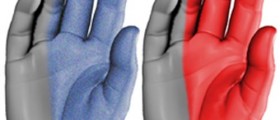

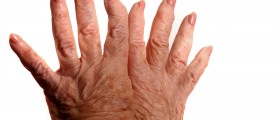
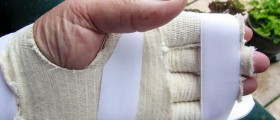
,-Or-Ibuprofen-Which-Over-The-Counter-Painkiller-Should-You-Choose_f_280x120.jpg)



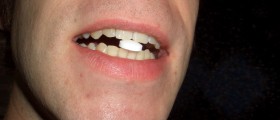







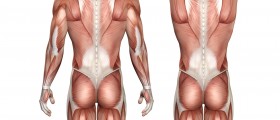

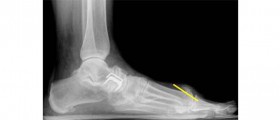
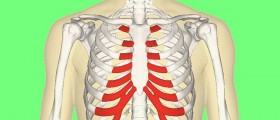



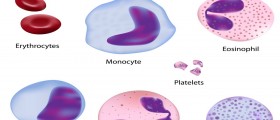
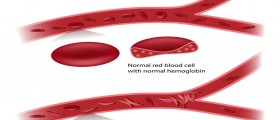
Your thoughts on this
Loading...